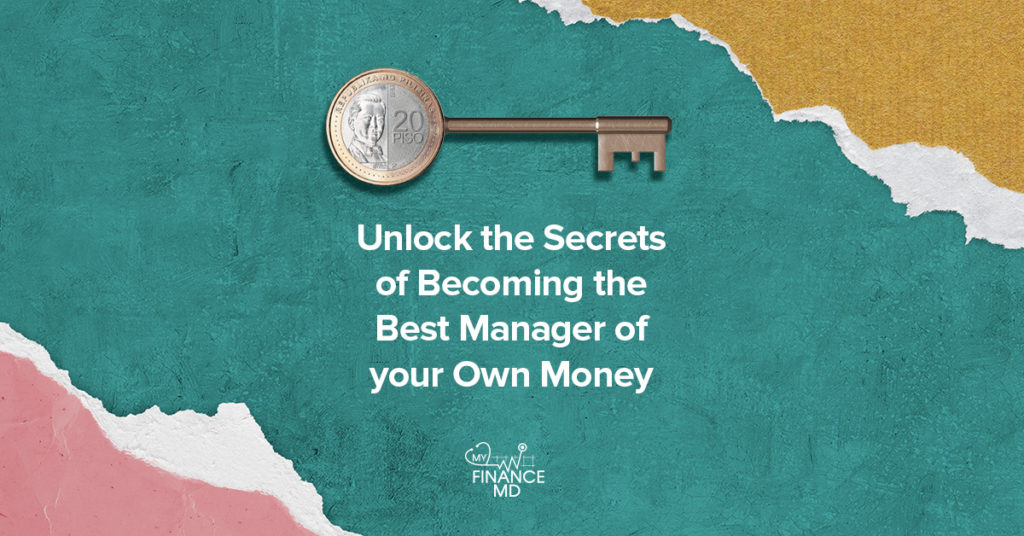
The first step to financial freedom is to become the best manager of your own money. Since who else can be that person to you? To your own money? Only you, my friend.
So, how do you do that?
These are steps:
1. List down all my income sources and expenses every day.
This is the first crucial step in managing your money. Start writing down how much you earn and spend every day. If you don’t keep track of it, money just kind of walks away.
If you ever get at the end of the month and then, you say to yourself, “where did all my money go?” Then you’re already in deep trouble.
2. Analyze your financial records every end of the month
If you are already doing the first step, then congratulations.
But it is not enough that you recorded it. You have to look at it, analyze it and learn from it.
This step should be done in the first week of a month. Studying the past month.
There are the questions you need to ask yourself when you are analyzing it:
1. How much did I spend?
2. How much did I save?
3. How much did I give away?
4. What is my highest expense this month?
5. What did I learn this month about my spending and saving habits?
6. How can I improve next month?
3. Money Jar System
Recording and analyzing are crucial for this next step. If you did the first two steps above for at least three months, you need to take the next step.
You know how much you are earning, spending, and saving by this time. That should have formed a pattern by now. So, this is the time you can create a more elaborate plan.
The time you can create a money jar for your income.
What is a money jar?
The money jar system segregates your income into different divisions before saving or spending. A money jar may be an actual jar or a representation of this jar. In my case, it’s different bank accounts.
The ideal money jar looks like this:
Once you receive your income, you will have to delegate the money where it should go and how it will be spent.
This is where YOU take the reins and become the master of your money and not the other way around.
Ideally, these are the percentages:
10% Give Jar
20% Financial Freedom Jar
10% Education Jar
10% Play Jar
50% Expenses Jar (further divided into)
– 40% Expenses now
– 10% LTSS (Long-Term Saving for Spending) Jar
I will be discussing the Money Jar System on my next blog.
4. Create a Budgeting system.
It’s time to designate since you now know how much you are earning and spending and how much should go to each money jar.
You should designate a certain amount on how much you will spend in a particular category in the future.
Once you have identified the planned amount of money you are spending and the percentages, it’s time to budget.
Budgeting tells your money where to go instead of wondering where it went. It is precisely taking your future into your hands and choosing the direction you want to be.
For about three months, you can see the pattern. You know how much you are spending on some essential things. So, you can set up the amount you need for each spendable, taking into consideration the money jar percentages too.
For example, I am budgeting 10,000 for groceries this month, you will log each time you do your grocery, and when the budget is nearing its end, you simply stop doing your groceries.
If you have excess or negative at the end of each month, that would be added or subtracted to your budget on the following month.
That’s why it’s essential to know how much is needed for each of your expenses so that you will not have excess or shortage at the end of each month.
If you have excess – you might have budgeted excessively.
If you have a shortage – you might have budgeted inadequately.
Then, for every first week of a month, you have to evaluate your finances the previous month and make a report, even just a simple one. Remember this step? Step 2. Analyzing and making reports, even if it’s only for yourself. For married couples, this is crucial.
Why is this important?
In any business, they have financial reports every month, right? So that’s where they see if their business is growing or not.
Why not do that in our personal lives too? In our family’s finances?
So, be diligent enough to be the best money manager of your finances.
In summary, here are the four steps:
1. List down all your income sources and expenses every day.
2. Analyze your financial records every end of the month
3. Money Jar System
4. Create a Budgeting system
If you have taken all four steps, congratulations, you are a great money manager, but for those who are still unorganized with their finances, it’s time to take the first step.
Remember this:
It’s always hard before it is easy.
There is never an easy success.
Just take one step, one at a time. Build that habit, now!
For Our Financial Freedom,

Read more:
My Finance MD is BACK!
How To Save 50% At the Grocery by Doing This One Simple Step

